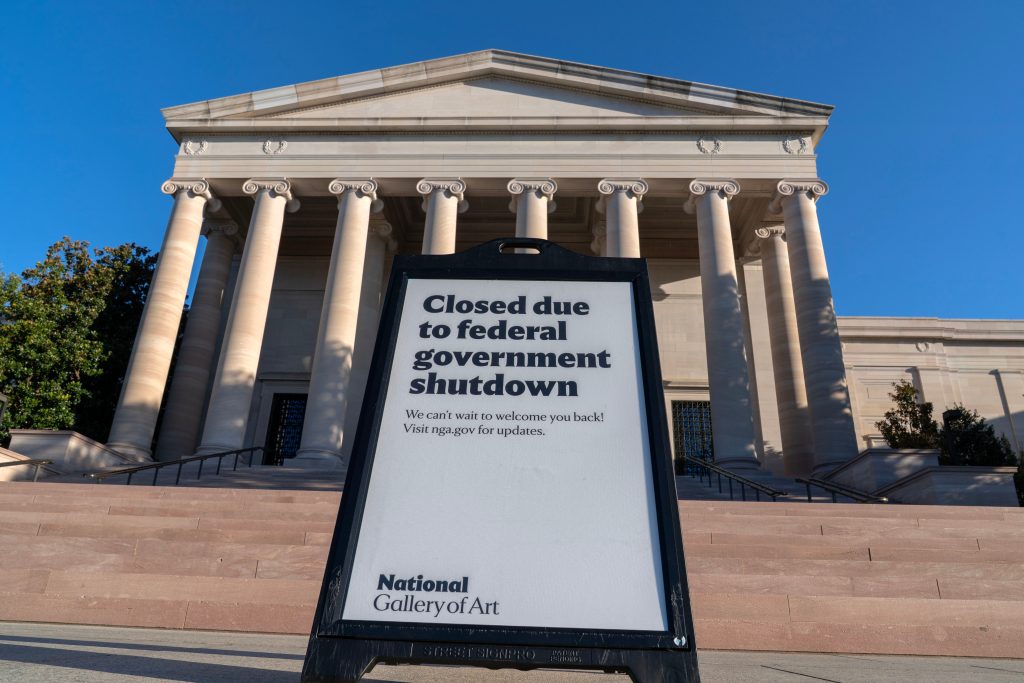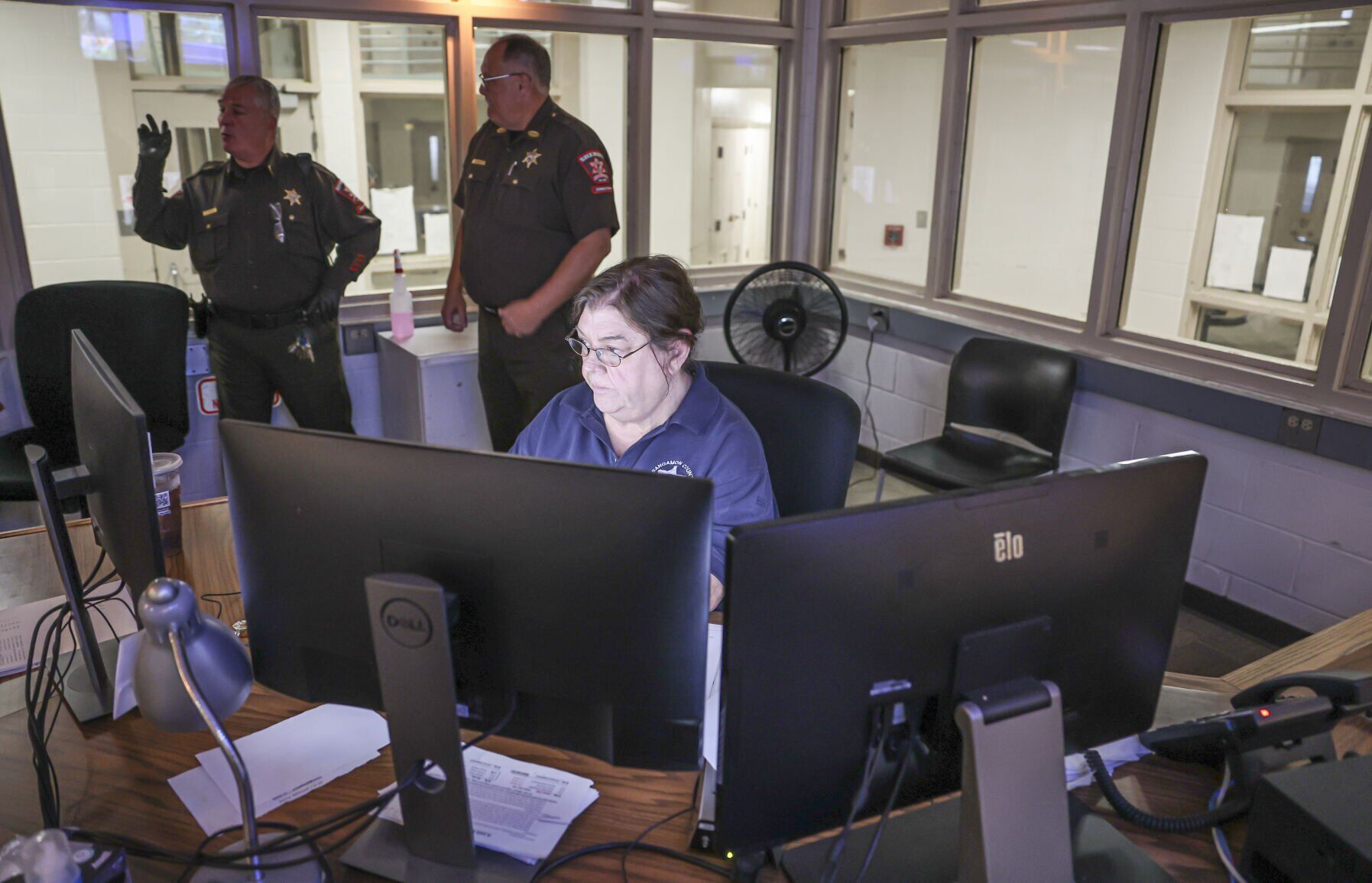As the federal government shutdown stretches on, officials say it’s edging closer to becoming the second longest in American history. With no apparent path toward a swift resolution, some lawmakers warn it could even exceed the record 35-day closure under a previous administration.
Shutdown impact: What it means for workers, federal programs and the economy

Key Takeaways:
- The shutdown is nearing the second longest in U.S. history
- Lawmakers predict no immediate resolution
- It may surpass the 35-day record from the previous administration
- Government workers and services are impacted
- The economy faces potential strain if the impasse continues
A Prolonged Federal Gridlock
The federal government shutdown, now on track for historic duration, shows few signs of ending soon. Lawmakers in Washington, D.C., openly admit that the stalemate could continue indefinitely, raising the possibility of a shutdown exceeding the nation’s previous 35-day record.
Rising Concern Over a Lengthening Shutdown
“The federal government shutdown is quickly approaching the second longest on record with no end in sight,” describes the situation, according to reporting from the Associated Press. In the eyes of some in Congress, this reality comes as no surprise, given the lack of bipartisan agreement on critical budgetary matters. “Some lawmakers are predicting it could become the longest,” the article states, underscoring the alarming scale of the crisis.
Impact on Workers and Essential Services
The consequences for federal workers—who may be furloughed or required to work without pay—are central to discussions on Capitol Hill. While specific numbers and timelines remain unclear, the underlying concern is that the hardships on workers will only grow if a compromise isn’t reached. Federal agencies also bear the brunt of limited funding, leading to mounting delays and disruptions for the programs they administer.
Economic Ripples Loom
As the shutdown continues, uncertainty spreads across the wider economy. Though immediate effects vary, prolonged closures have historically sapped consumer confidence, slowed government operations, and introduced roadblocks for businesses relying on federal contracts or guidance. The longer the standoff lasts, the more likely the economic difficulties are to intensify.
Looking Ahead
With enough stalemate to potentially break the 35-day record, both experts and lawmakers question the political and economic toll. This prolonged closure could have far-reaching consequences for federal employees, government agencies, and the overall fiscal stability of the country. For now, the nation’s capital remains in a standoff, leaving many to watch and wait as the clock ticks toward a new shutdown record.











